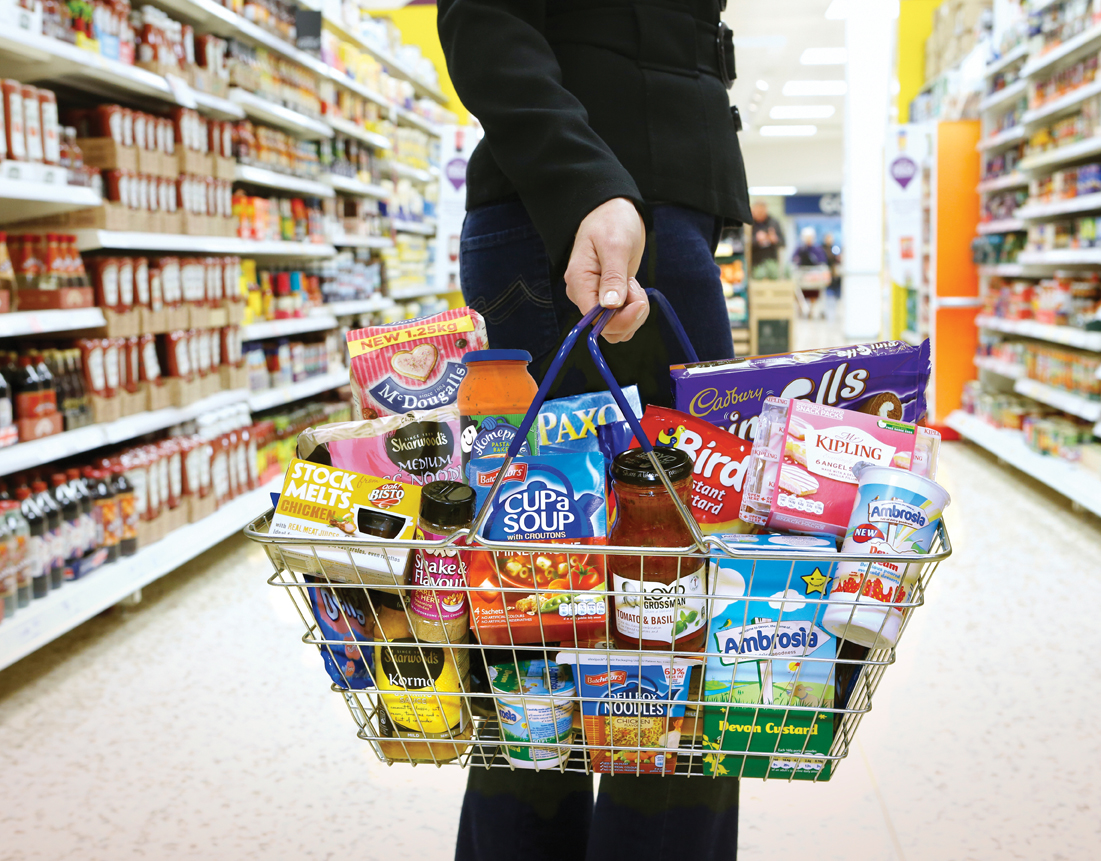Household Bills
Biggest fall in food price inflation since March

Food price inflation fell by 1.6% to 14.9% in July, the steepest decline since it peaked in March this year.
The fall will be welcomed by households who have been struggling to cope with higher grocery bills but costs are still significantly higher than a year ago.
At the current rate of inflation, if households had not changed any of their shopping habits, their grocery shop would be £683 more than in 2022, according to data and analytics firm Kantar.
Discounts and promotions by the big supermarkets have helped grocery inflation to fall over the four weeks to 9 July.
The introduction of loyalty card deals, including Tesco’s Clubcard Prices and Sainsbury’s Nectar Prices, have helped reduce costs. Both of these allow members to access cheaper prices when they scan their Clubcard or Nectar card at the checkout.
Fraser McKevitt, head of retail and consumer insight at Kantar, said: “This could signal a change in focus by the grocers who had been concentrating their efforts on everyday low pricing, particularly by offering more value own-label lines.
“The boost to promotional spending has contributed to bringing inflation down but this isn’t all that’s driving the change. Prices were rising quickly last summer so this latest slowdown is partially down to current figures being compared with those higher rates one year ago.”
The Kantar data shows that shoppers have “dramatically changed their behavior” to combat rising inflation either by changing their supermarket or by buying cheaper products. With these changes, the average annual increase to households for their grocery shopping came to £330.
Changing shopping habits
Shoppers are visiting the supermarket less often than before the pandemic and buying more on each trip, according to the Kantar data.
Trips to the supermarket have only increased by 1% in the last year and Kantar said this is partly because people are on tighter budgets but also because more people are working from home with “fewer opportunities to pop into a shop on the way to or from work”.
Spending on specific items related to Wimbledon were up, with sales of strawberries and fresh cream up 16% and 13% respectively when compared to last year. The cost of the average pack of strawberries has also only increased on average by 1p since 2022.
June was the hottest on record and this saw sales of barbecue items increase. Sales of chilled burgers rose by 7% and chilled dips by 5%. While sales of hay fever remedies rose by 16%.
Sainsbury’s leads among the big three supermarkets
Competition remained fierce among the UK’s supermarkets for sales and market share. Sainsbury’s saw its market share rise by 10.7% in July, resulting in an overall share of 14.9%, in the 12 weeks to 9 July.
Asda and Tesco both grew by 10.5% and 10.2% giving them a market share of 13.6% and 27% respectively.
Aldi was again the fastest growing supermarket, with sales up 24% as its market share rose to 10.2%. It was also the cheapest supermarket again in June, according to data from Which?. Lidl’s sales were up 22.3% giving it an overall market share of 7.7%.
At Morrisons, sales grew by 2.5%, taking it to a market share of 8.7%, the biggest increase since April 2021. Waitrose and Co-op both grew by 5.1% to 4.4% and 6% of the market respectively.
Iceland’s sales of 8.9% over the period saw it rise to 2.3% of market share while Ocado’s sales rose by 2% giving it a market share of 1.7%.